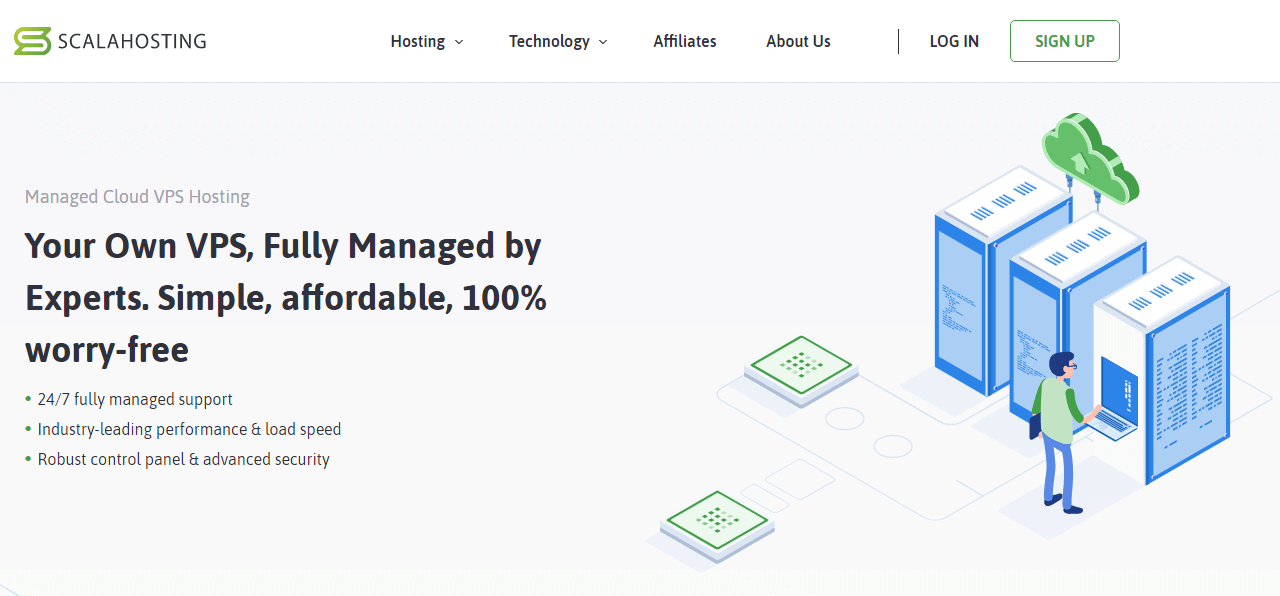
With it, you have power and system control, as well as access to important data (such as IP information).įor example, here at A2 Hosting we use SolusVM as the primary control panel for our unmanaged VPS accounts. Your primary control panel is how you will administrate your server.

The following three tips will help you get the ball rolling. Nevertheless, once you’re familiar with your new server, you’ll have absolute freedom for your website or web development projects. Learning how to manage your own VPS can take a little time. To kick-start that process, let’s look at how to start managing your VPS. Once you’ve familiarized yourself with your control panel and the server environment, you’ll have the flexibility to host the domains and web applications of your choosing. What’s more, the prices for an unmanaged VPS plan can be very affordable:

This gives you the freedom to set it up however you wish, with the Operating System (OS) of your choice and any desired software. With unmanaged VPS hosting, you are responsible for everything on your server (or at least, your virtual partition of the server). However, web developers and other experienced users often prefer to manage their own server environments. For some, the convenience this offers is hard to pass up. On a managed VPS plan, your web host handles server setup and maintenance for you. Let’s get started! Why You May Want to Manage Your Own VPS

In this article, we’ll cover the basic requirements you’ll need to manage your own VPS hosting. The first steps towards managing your own VPS simply involves uploading the proper software and becoming acquainted with the server environment.

Although it’s nice to have the freedom to set it up however you’d like, you’ll also need to know how to negotiate the control panel and install basic tools.įortunately, for developers who know what they’re doing, this type of web server may be perfect for your needs. When you choose an unmanaged VPS, it comes with a lot of responsibility.


 0 kommentar(er)
0 kommentar(er)
